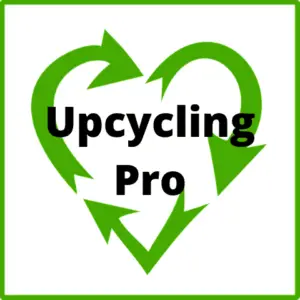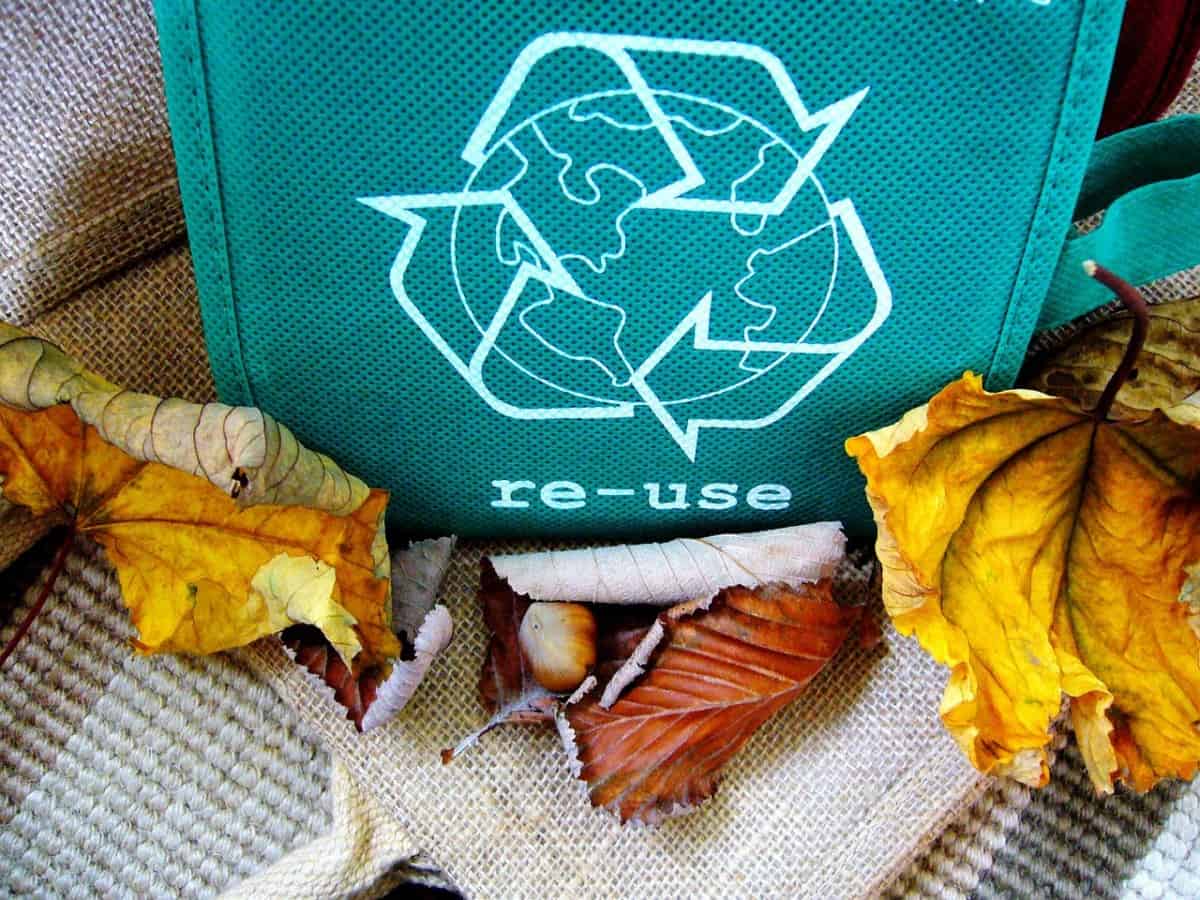When it comes to recycling it’s important to know the facts about what we recycle, what we should recycle, what we don’t, and what we need to asap.
Here are some facts on recycling that should both shock you and also encourage you to do more:
- Aluminum only uses 5% or the energy that is needed to make a brand new can using new materials
- You can power a 100-watt light bulb for 4 hours using the energy saving from recycling just 1 glass bottle
- Americans could save over $500,000 each year in reclaimed energy savings by recycling glass bottles and jars each year.
- 17 trees could be saved per ton just by recycling all recyclable paper.
- Every Sunday the US causes the loss of 500,000 trees by only recycling 10% of all recyclable paper.
- 4.5 million tons of mostly unwanted junk mail is delievered to Americans each year.
- 681,000 jobs have been created by recycling
- Making glass from recycled glass only uses 70-75% of the energy of new glass with new materials.
- The US has over 3090 active lanfills and more than 10,000 municiple landfills and many more abandoned private and commercial dumps.
So what does this mean for us in real terms? Let’s look at the volume of waste produced. Assuming trash weighs roughly 30% of water (as most of it floats) and the average American produces about 3.5 lbs of waste a day,
Using these numbers for the population of just the US at 331,893,745 (at the time of writing) amounts to 24,295,721,092 cubic feet of trash every year. Making a pile 500 feet deep (or 50 stories high) the volume of trash would still cover over 1,000 acres of land or 4,000 km².
Staten Island is 152 km² so the trash would cover Staten Island completely at a height of 500 feet in just 38 years.
Luckily for us we recycle so it won’t come to that, just yet but the situation is far from rosy.
Paper recycling
If we recycle our paper then it not only reduces the speed at which we are deforesting our planet but it can also increase the amount of oxygen we have in the atmosphere which can reduce many illnesses relating to poor air quality like asthma.
At the moment the paper we use commonly is only made of around 30% recycled paper, meaning we still have a long way to go if we want to slow down our need for virgin timber to make paper fiber. If Americans recycled some of the 90% of currently unrecycled paper it could drastically reduce the need for new materials, making paper a sustainable option.
Cardboard recycling
Cardboard, like paper, can be recycled but sadly is not as much as is possible. One of the main contributing factors is that much of the cardboard we consume gets contaminated along the way making it unrecyclable.
Good examples of this are pizza boxes and fast-food containers. These get often are covered in grease and oils from the food and as such have to go straight into landfills. At this moment in time, cardboard seems to be the most readily available delivery option for its price with many people thinking because it degrades easily it’s a viable option. Sadly, when contaminated it just gets tossed in the landfill and left to slowly rot, leeching out any chemicals and/or inks present in the cardboard.
Aluminum recycling
When we make aluminum we need to first obtain bauxite. This is done with massive open-cut mines that ruin the ecology. The ore is then smelted to obtain the aluminum causing massive air pollution.
By simply recycling our aluminum cans instead we can save 95% of the energy needed to produce pure aluminum and save our ecosystem and atmosphere too with the reduced production burden.
Glass recycling
Approximately 33,000,000,000 (33 billion) glass bottles and jars are thrown away by Americans each year. If this glass was recycled it could save over 13 billion kWh per year, which works out to 40kWh per person or 4.5% of everyone’s electricity bill, just from glass.
Styrofoam recycling
Styrofoam is another story as it does biodegrade but it takes hundreds of years to do so and releases carcinogenic toxins into the atmosphere while doing so.
It’s not just from decomposing styrene though as studies have shown that styrene is showing up inside 40% of Americans. Styrene also gets into our bodies from disposable cups and plates amongst other things. The styrene despite being almost impermeable releases trace levels of styrene into our food and drink resulting in its presence in almost half of the American population.
Styrofoam is notoriously hard to recycle as it breaks into small particles and contaminates other recyclables making it undesirable as recycling. Furthermore, the process of recycling uncontaminated styrene into useable materials is expensive and not widespread.
Conclusion
Recycling will not only help keep our environment flourishing and green but it will also keep the air clean and our seas and oceans blue and litter-free. It will also reduce our reliance on hunting down new materials, reduce our energy consumption and make us less reliant on overseas materials.
It will also help create more jobs, reduce the burdens on hospitals and make us more considerate towards the planet we call home.

